If you suffer from gluten intolerance or simply want to explore alternatives to wheat flour, finding the right gluten-free flour can make all the difference. In this blog post, I'll discuss the best Gluten-Free Flour Options and Substitutes and how to choose the one that's perfect for your needs. I'll also answer some common questions related to gluten-free flours and provide tips for successful gluten-free baking.
Stay in touch with me through social media by following me on Instagram, Pinterest, and TikTok or by subscribing to my newsletter.
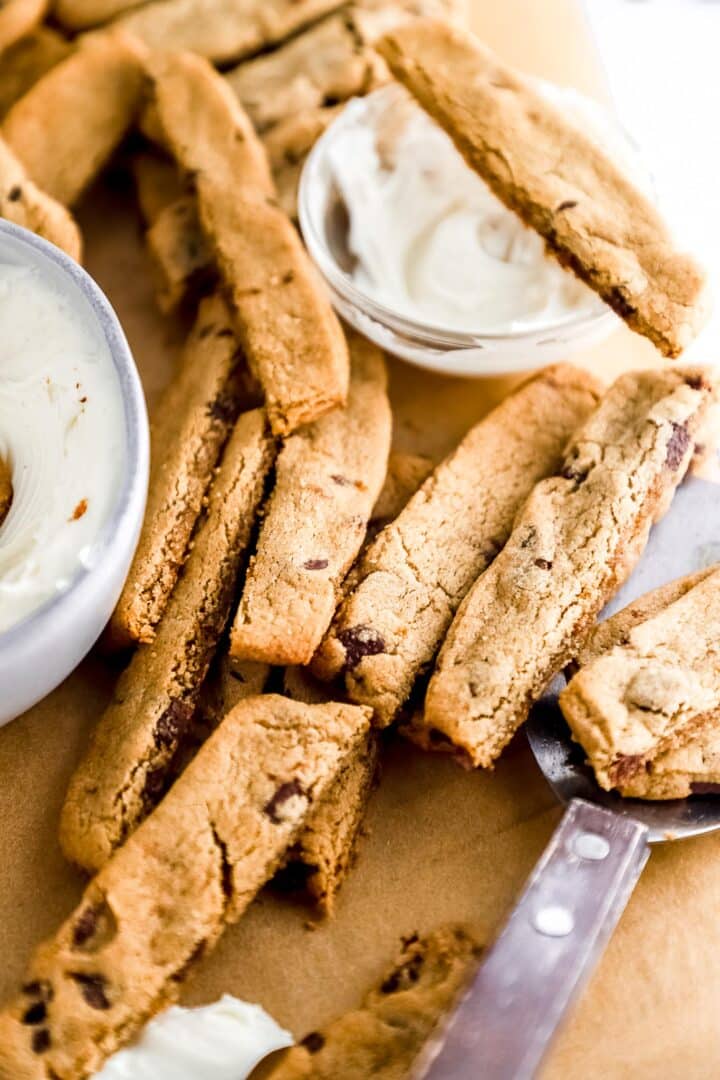
Jump to:
- Understanding Gluten Intolerance and Gluten-Free Flours
- Top Gluten-Free Flours and Their Uses
- Blends vs. Single Ingredient Flours: How to Choose the Right Gluten-Free Flour
- Tips for Baking with Gluten-Free Flours: Adjusting Recipes and Techniques
- Storing Gluten-Free Flours: Shelf Life and Best Practices
Understanding Gluten Intolerance and Gluten-Free Flours
The Importance of Gluten-Free Alternatives
Gluten is a protein found in wheat, barley, and rye that can cause digestive issues and other symptoms in people with celiac disease or gluten sensitivity. Gluten-free flours are essential for those who need to avoid gluten but still want to enjoy baked goods and other recipes that traditionally use wheat flour.
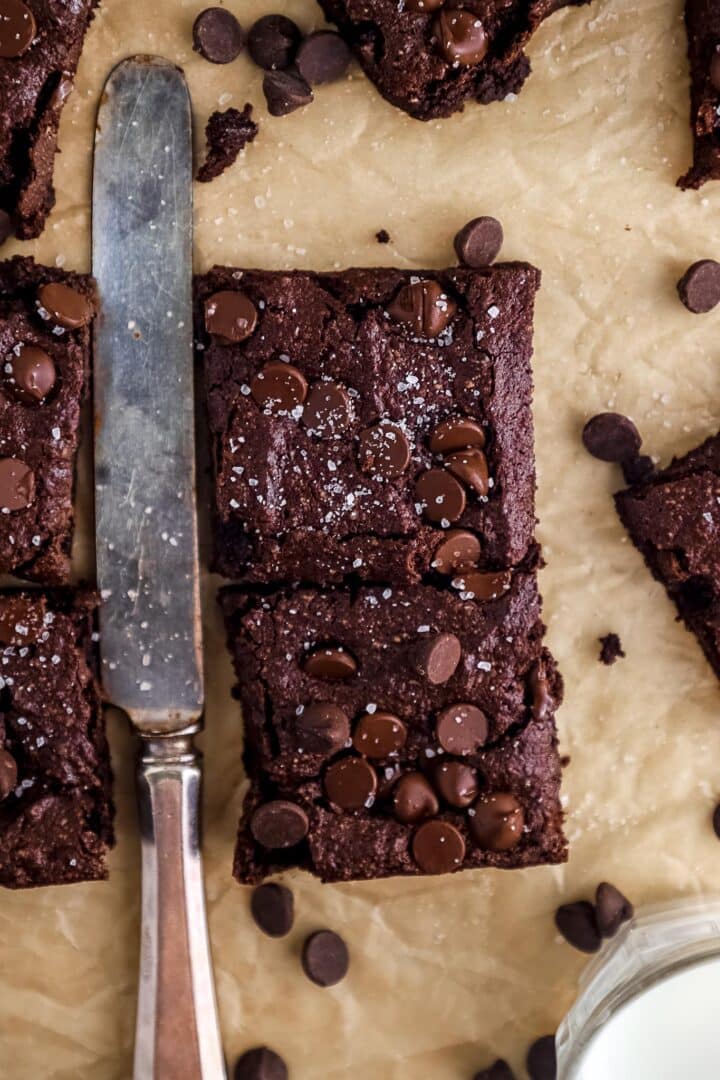
Top Gluten-Free Flours and Their Uses
What flour is good for gluten intolerance?
There are several gluten-free flours that can be used as substitutes for wheat flour, including:
- Almond flour
- Coconut flour
- Rice flour
- Sorghum flour
- Tapioca flour
- Buckwheat flour
- Chickpea flour
- Quinoa flour
These flours have different textures and flavors, so the best choice will depend on the recipe and your personal preferences.
For more gluten-free resources, don't forget to check out some of my other articles:
- Discover the Top Gluten-Free Cereal Brands for Breakfast in 2022 to start your day off right.
- Learn How to do Gluten-Free Baking Without Xanthan Gum for those looking for alternative binders.
- Dive deeper into the world of gluten-free baking with our comprehensive Gluten-Free Flour Guide.
What is the closest gluten-free flour to wheat flour?
The closest gluten-free flour to wheat flour in terms of texture and taste is a gluten-free all-purpose flour blend. These blends usually contain a mix of rice flour, potato starch, and tapioca starch, among other ingredients. They are formulated to mimic the properties of wheat flour, making them suitable for a wide range of recipes.
What is an alternative to wheat flour if someone is allergic to gluten?
As mentioned earlier, there are several gluten-free flours that can be used as alternatives to wheat flour. When choosing a substitute, consider the specific recipe and the desired texture and flavor of the final product. Gluten-free all-purpose flour blends are a versatile option for many recipes, while single-ingredient flours like almond, coconut, or rice flour may be more suitable for specific applications.
What is the best gluten-free flour substitute for bread flour?
For gluten-free bread, a high-protein flour blend is ideal. This can include a mix of flours like brown rice flour, sorghum flour, and tapioca flour, along with a binding agent like xanthan gum or guar gum. There are also ready-made gluten-free bread flour blends available on the market that can simplify the process.
Is there a gluten-free version of wheat gluten?
Wheat gluten, also known as vital wheat gluten, is a concentrated protein that provides structure and elasticity in bread and other baked goods. There is no direct gluten-free substitute for wheat gluten. However, using a combination of gluten-free flours and binding agents like xanthan gum or guar gum can help replicate some of the properties of wheat gluten in gluten-free recipes.
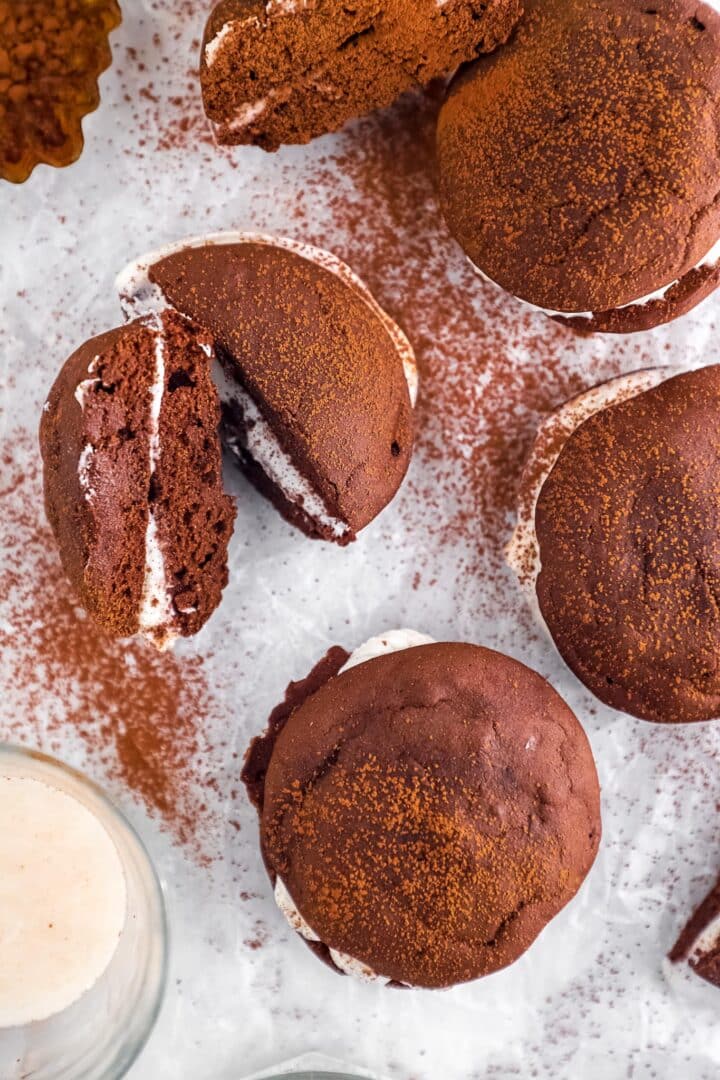
Blends vs. Single Ingredient Flours: How to Choose the Right Gluten-Free Flour
When deciding between a blend or a single-ingredient flour, consider the desired outcome and the recipe you're using. Gluten-free all-purpose flour blends are versatile and can be used in most recipes that call for wheat flour. Single-ingredient flours, on the other hand, may require adjustments to the recipe, such as changing the ratio of liquid ingredients or adding a binding agent.
Tips for Baking with Gluten-Free Flours: Adjusting Recipes and Techniques
- Experiment with different flour combinations to achieve the desired texture and flavor.
- Be patient when mixing your dough or batter, as gluten-free flours may take longer to absorb liquids and thicken.
- Add binding agents like xanthan gum or guar gum to help with structure and elasticity, especially when using single-ingredient flours.
- Increase the amount of leavening agents (baking powder or baking soda) to help with the rise of gluten-free baked goods, as they tend to be denser than their wheat-based counterparts.
- When making yeast-based bread, use a longer rising time to help with the texture and structure of the dough.
- Keep an eye on the baking time, as gluten-free baked goods may require more or less time than their wheat-based counterparts. Start checking for doneness a few minutes before the recommended baking time.
Storing Gluten-Free Flours: Shelf Life and Best Practices
- Store gluten-free flours in a cool, dry place in airtight containers to keep them fresh and prevent moisture from getting in.
- Whole grain flours, like brown rice flour and quinoa flour, have a shorter shelf life due to their higher oil content. These flours should be stored in the refrigerator or freezer to extend their freshness.
- Label your flours with the date of purchase, and try to use them within three to six months for optimal freshness and quality.
***
Finding the right gluten-free flour options and substitutes can greatly enhance your gluten-free baking experience. By understanding the different types of gluten-free flours and learning how to adjust your recipes and techniques, you can enjoy delicious and healthy baked goods without the worry of gluten. Whether you have a gluten intolerance or simply want to explore new alternatives, incorporating these tips and tricks into your kitchen routine can make all the difference.
Stay up to date with more gluten-free recipes, tips, and insights by following me on Instagram @theglutenlessmaximus and signing up for my newsletter. Together, we can embark on a journey to a gluten-free lifestyle


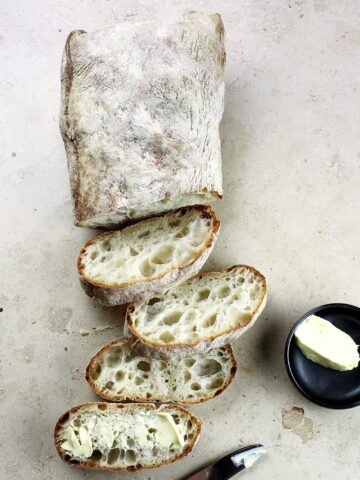

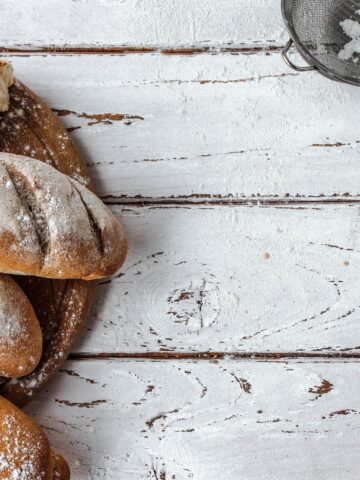
Leave a Reply